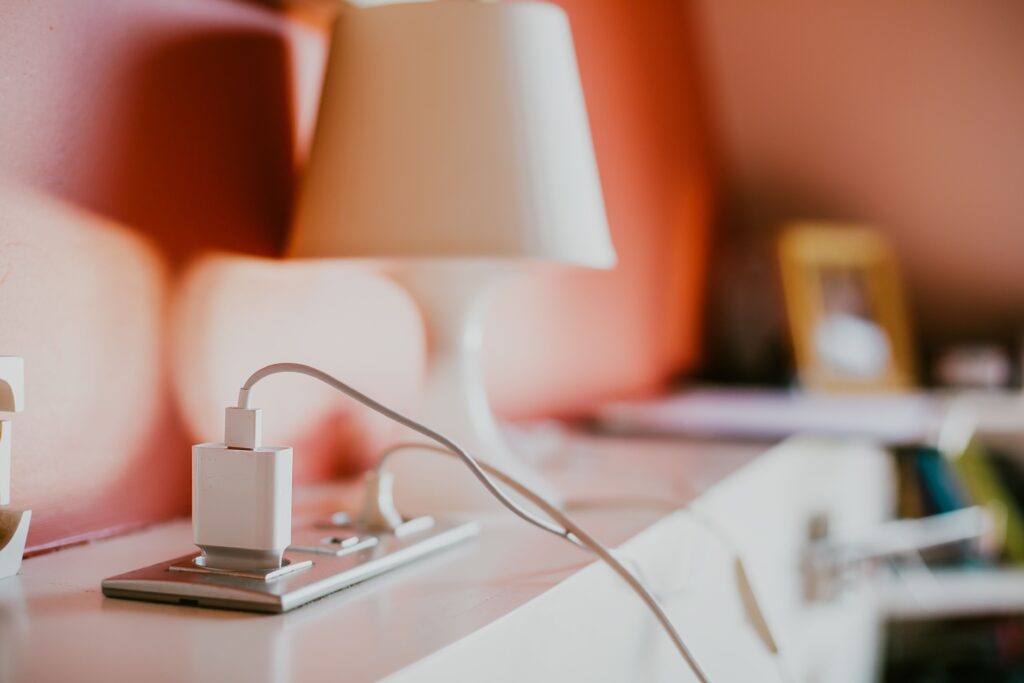Essential Home Electrical Safety: Appliances and Outlet Use
In today’s fast-paced world, we often prioritize convenience over safety, particularly in our homes. This is especially true for our electrical systems, which can pose serious risks if not carefully managed. If you live in an older home, the lack of modern electrical safety features like circuit breakers or GFCI outlets can heighten these risks. Understanding which appliances require dedicated outlets is vital to preventing electrical hazards.
Understanding Appliance Power Needs
The general guideline for household appliances is straightforward: any device that consumes a significant amount of energy should ideally have its own outlet. According to Tom Jameson, a licensed electrician and owner of AstroWatt Electric, “Big energy users do not and should not be used on the same single outlet.” This includes:
- Space heaters
- Microwaves
- Toasters
- Portable AC units
- Treadmills
- Devices with motors or that generate heat
Jameson’s recommendation is clear: “If it heats, cools, or spins, it probably deserves its own dedicated outlet.”
Managing Circuits and Outlets
For high-powered appliances, simply using a dedicated outlet may not be enough. To avoid circuit overloads, some devices should have their own circuits. Each circuit may support multiple outlets, but plugging too many power-hungry devices into one can trip the breaker. Daniel Majano, Program Director for the Electrical Safety Foundation International, states that “all appliances and any heat-producing or high-wattage electronics should be plugged into their own outlet and ideally their own circuit.” Overloading a circuit is often indicated by a tripped breaker or a blown fuse.
Calculating Maximum Watts Per Circuit
Circuit capacity is often determined by the amperage of a breaker. Majano explains, “An entire circuit can handle a continuous load between 1,440 and 1,920 watts,” depending on the amperage. Using the formula—amps x volts = watts—a 15-amp circuit at 120 volts yields a maximum safe load of 1,440 watts (1800 x 0.8). Devices exceeding this limit should be plugged into separate circuits.
For your reference, here are average wattage demands for common household appliances:
- Clothes dryer: 2790 kWh
- Coffee maker: 1000 kWh
- Desktop computer: 75 kWh
- Hair dryer: 710 kWh
- Microwave: 1500 kWh
- Space heater: 1320 kWh
- Toaster oven: 1051 kWh
- Vacuum cleaner: 542 kWh
Signs of Overloaded Circuits
Recognizing the signs of an overloaded outlet or circuit can prevent potential hazards. Signs include:
- Frequent tripping of breakers
- Warm or discolored outlets
- Flickering lights
- Burning smells
- Crackling, sizzling, or buzzing sounds from outlets
- Electrical shocks or tingles from devices
As Majano advises, if you notice any of these symptoms, consult a licensed electrician promptly to address any issues.
Best Practices for Electrical Safety
To maintain a safe electrical environment, consider these essential guidelines:
- Major appliances should be connected directly to wall outlets.
- Limit one heat-producing appliance per outlet at a time.
- Avoid using power strips or multi-outlet adapters for high-powered devices.
Powers Strips: When to Avoid Them
Power strips are convenient but can become hazardous when used improperly. High-wattage appliances should always be plugged directly into a wall outlet to prevent overheating and potential fire risks. According to Worthington, “High-wattage appliances should always be plugged directly into a wall outlet.” Thus, refraining from plugging devices like refrigerators, coffee makers, or space heaters into power strips is crucial. For effective surge protection while using major appliances, it’s best to have a qualified electrician install whole-home surge protection systems, especially for homes built or renovated post-2020 per the National Electrical Code.


